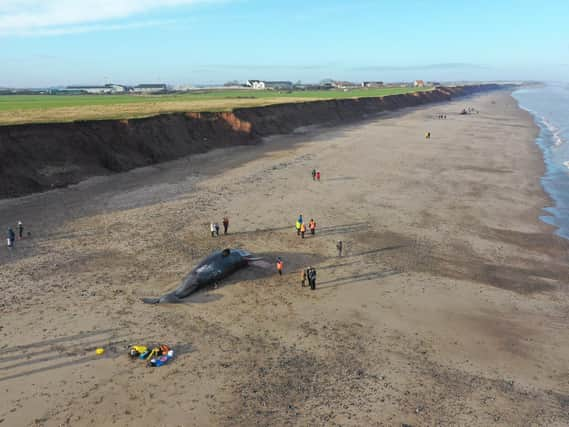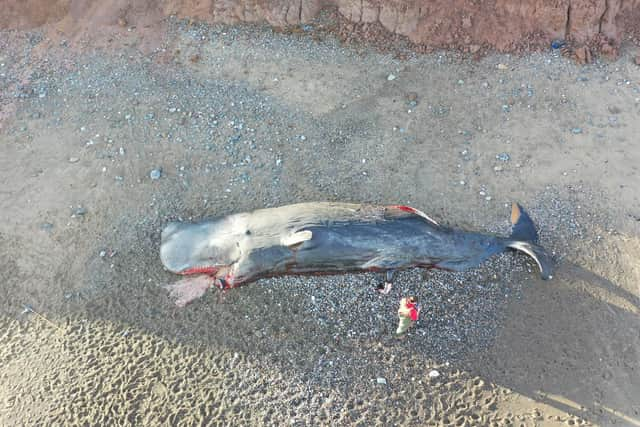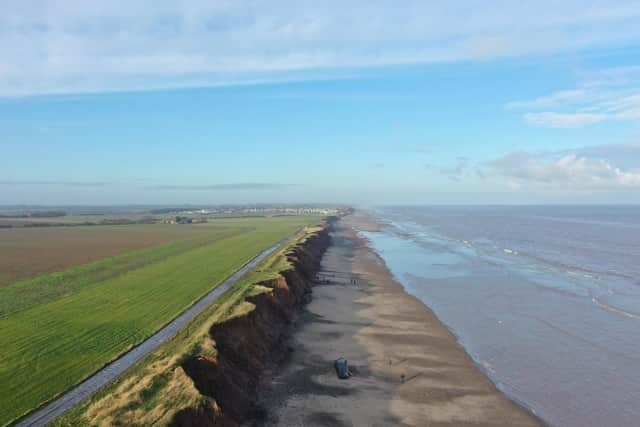Humberside Police investigating deliberate 'mutilation' of beached whale carcasses at Withernsea


Four of the corpses showed signs of their mandibles - part of the jaw - having been deliberately removed when marine scientists examined them earlier this week.
This posthumous disturbance meant that the Cetacean Strandings Investigation Programme team struggled to take samples for study that would enable them to find out more about how the whales ended up being stranded.
Advertisement
Hide AdAdvertisement
Hide AdA spokesperson for Humberside Police said: "We have received a report that a number of whales, that were recently stranded and died on the East Yorkshire coast, have sadly been mutilated.


"We are investigating the report, working with other agencies involved to establish the circumstances. Anyone with information about these incidents should call us on our non-emergency number 101 quoting log 170 28 December 2020."
There is now uncertainty surrounding how long the carcasses will remain on the beach, as it emerged that difficulties with access could mean that some of them could be left to decompose.
Disposal is the responsibility of the landowner, and East Riding Council have confirmed they will arrange for contractors to remove the whale nearest to South Promenade, which is local authority land.
Advertisement
Hide AdAdvertisement
Hide AdYet at least two of the other four whales further out on the foreshore lie on Crown Estate land which is less accessible.


The Crown Estate said that the carcasses were located in 'areas with limited public access where their removal would be practically very difficult'.
The public have been instructed to stay away from the whales, as their rotting bodies pose a health hazard and can spread zoonotic diseases.
The pod of juvenile males are thought to have swum off course when leaving Norway, and ended up in the shallow North Sea rather than the deeper North Atlantic waters where they usually feed on squid. With no food source, they became malnourished and distressed. Ten of them died, with the other five carcasses washing back out to sea.
The CSIP has also been approached about the possibility of donating teeth from the whales to Hull Maritime Museum or The Deep, where they would go on display.